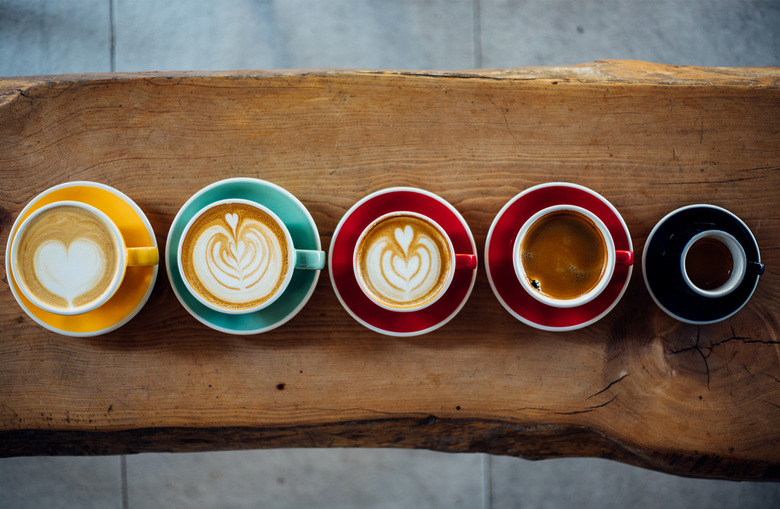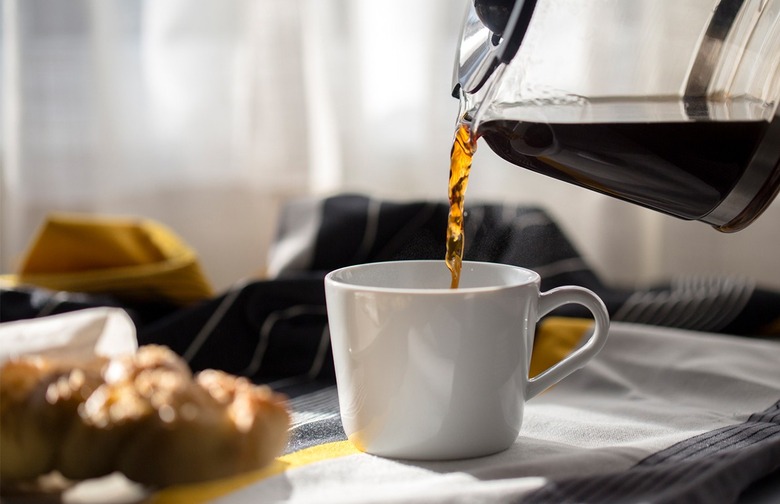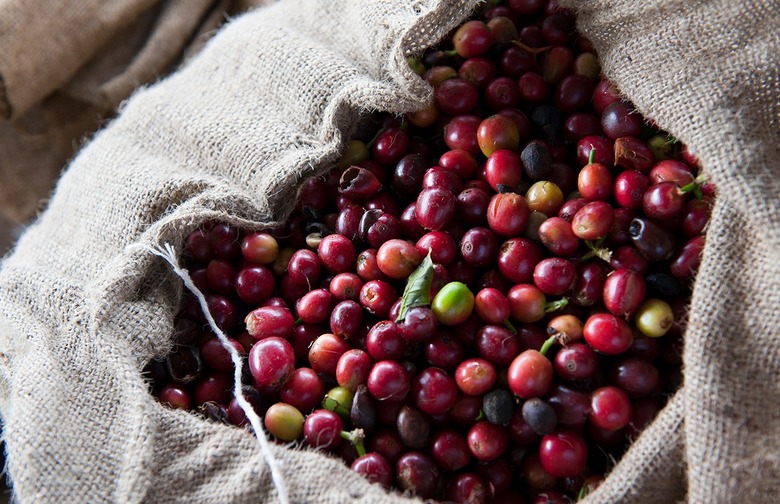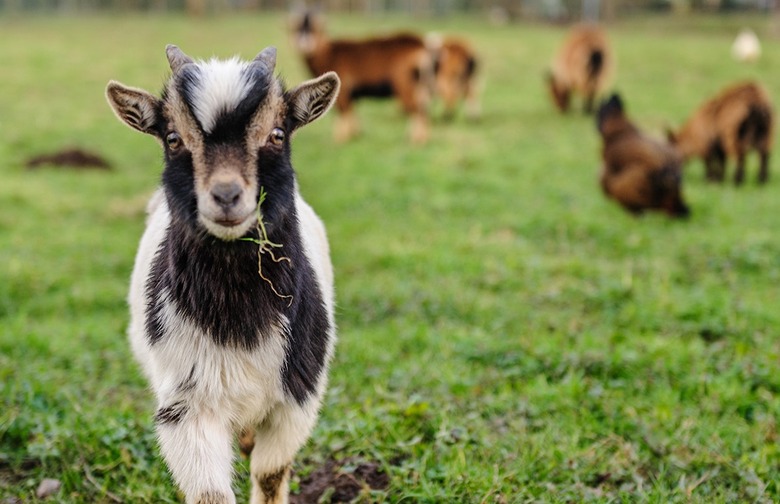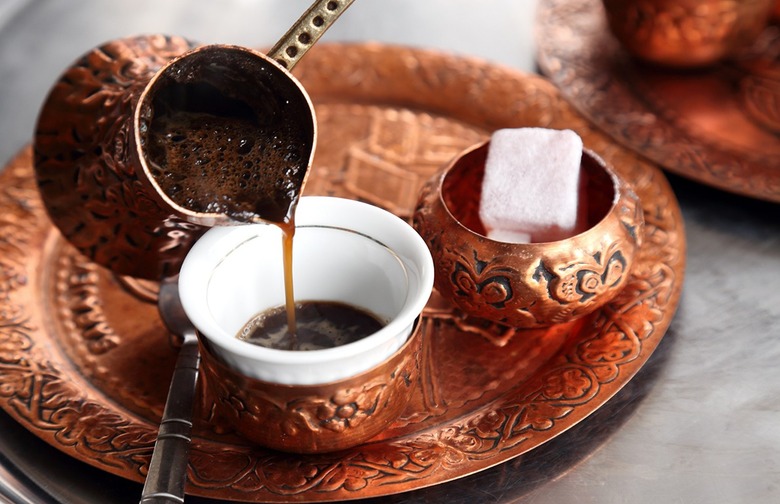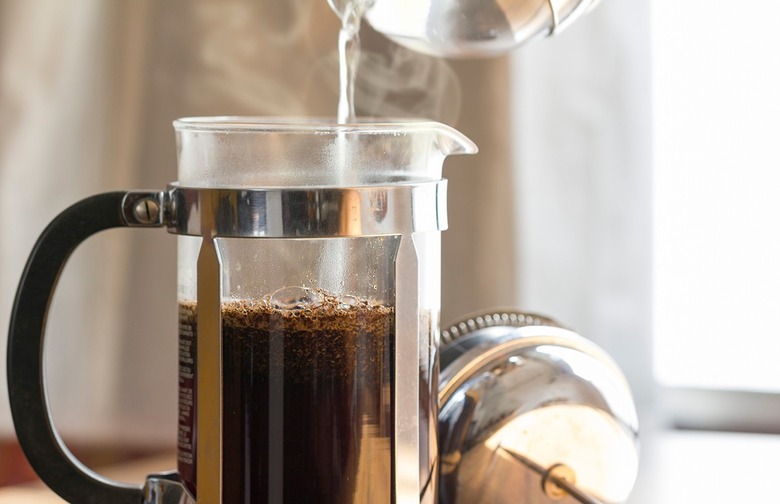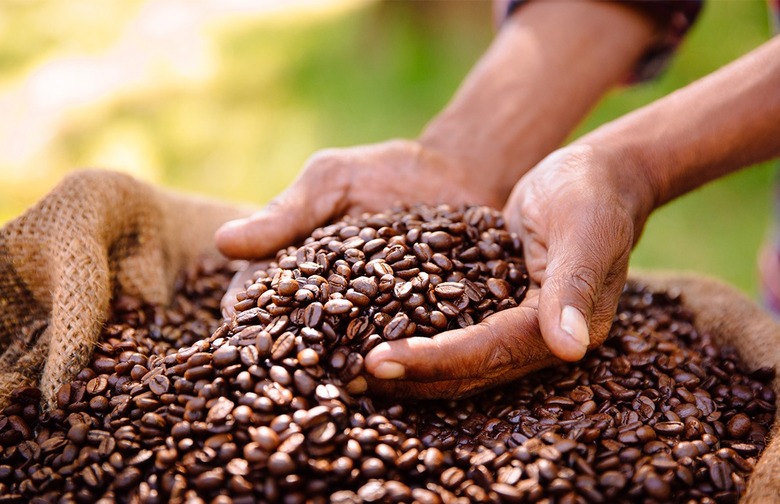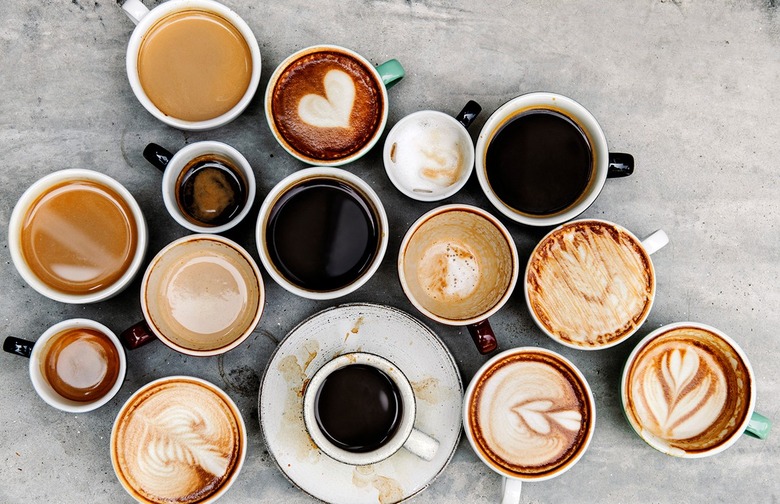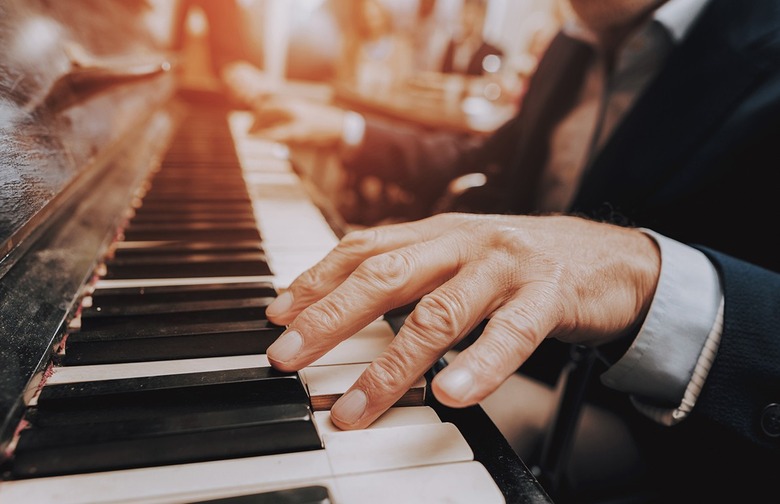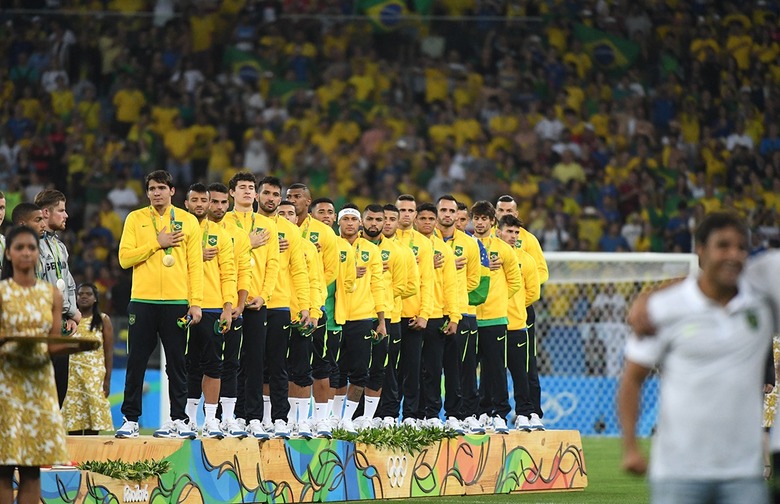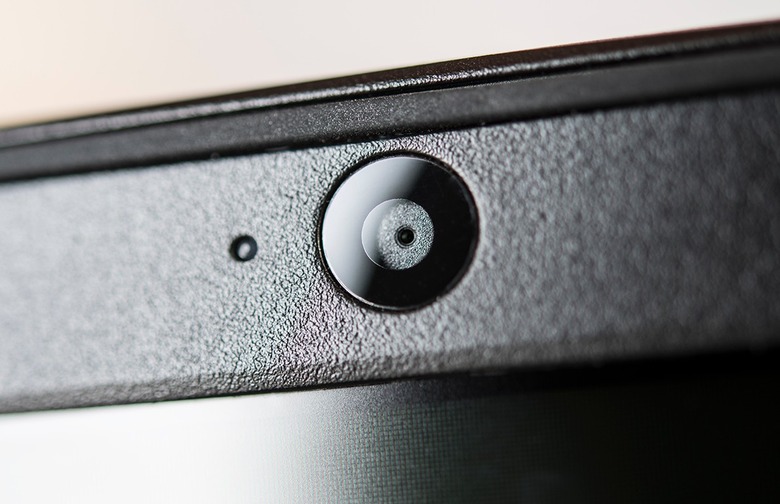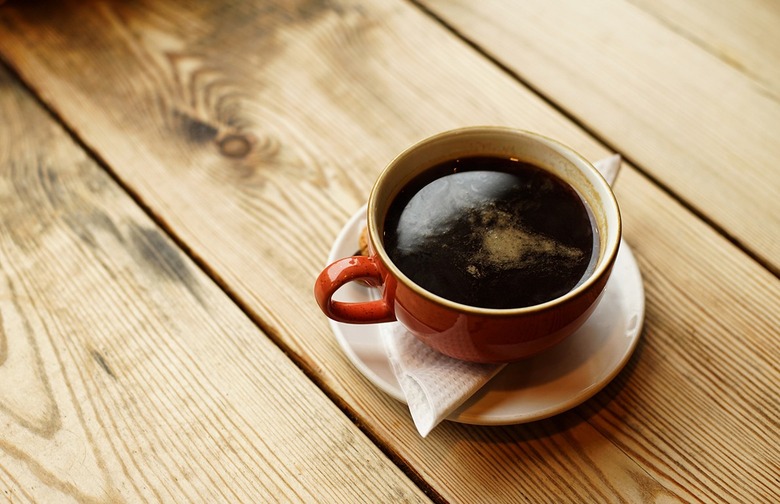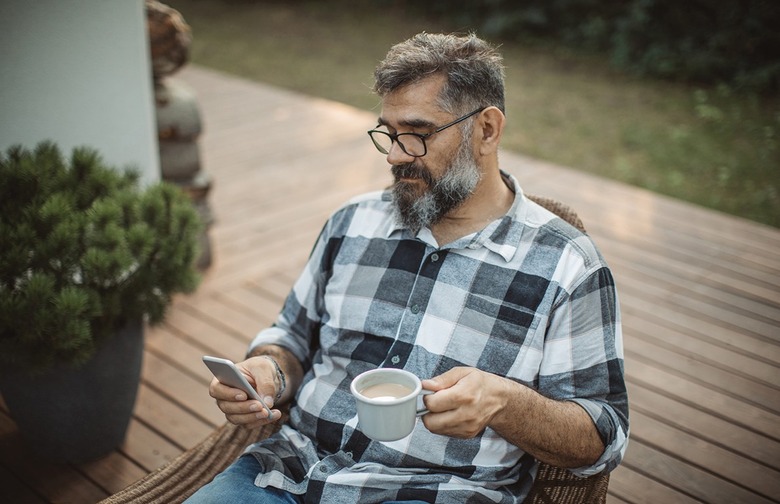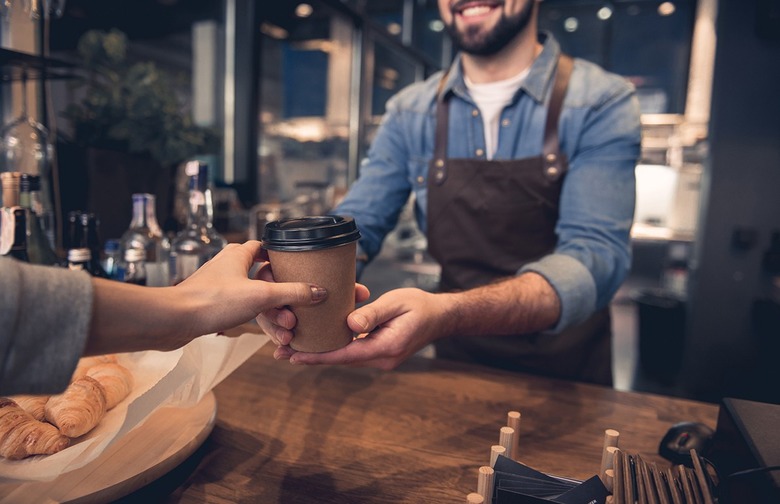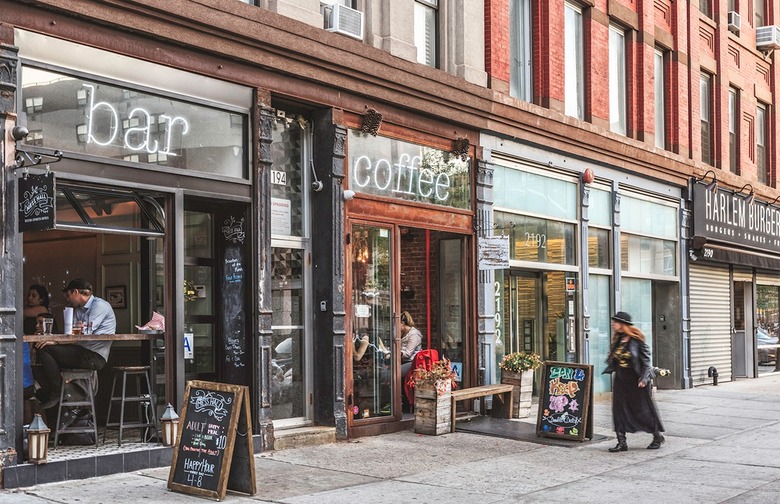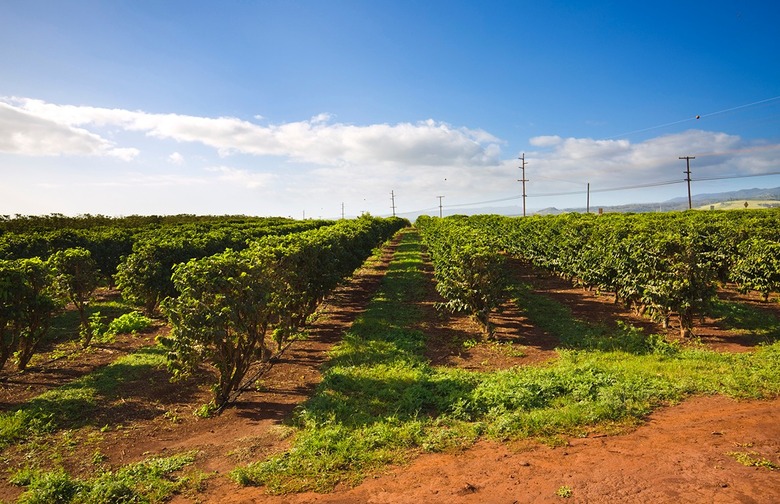17 Things You Didn't Know About Coffee
Coffee is incredible. The smell of a fresh pot is intoxicating. The taste of a first sip is sensational. The caffeine buzz is, in most instances, necessary. Could you imagine life without it? Back in the day, thanks to some true fuddy-duddies, some civilizations had to wake up on their own accord. You know, naturally. We're talking bans on coffee. The first one happened circa 1511 in Mecca, Saudi Arabia because the governor thought it encouraged people to hang out and brainstorm ways to overthrow him. Eventually, the rule was overturned and order was restored. Thank goodness, because that would not fly today. For more fun trivia about the world's most beloved beverage, here are 17 things you didn't know about coffee.
It wasn’t always called 'coffee’
People surmise the word "coffee" entered the English language sometime in the 16th century. Apparently, it was borrowed from the Italian word "caffe," which comes from the Dutch word "koffie," taken from the Ottoman Turkish "kahve," which stemmed from Arabic "qahwah."
Coffee beans are actually cherry seeds
Coffee comes from a flowering bush-like plant that grows cherries. Once ripened, they're picked, processed and dried. Each cherry contains two or three seeds, which the average person would recognize as coffee "beans." The plant's fruit isn't very pulpy, but it is edible. Taste depends on the growing area, climate, and other factors, but the general consensus is that they're sweet like honey.
One origin story is pretty humorous
Legend has it an Ethiopian herdsman named Kaldi discovered the coffee plant circa 850 A.D. As the tale goes, his goats became crazy energetic after nibbling on the small, red fruit of a bush. Kaldi tried them out himself and gleefully brought them to an Islamic monk, but the monk disapproved and threw them into a fire, prompting the familiar smell of delicious coffee. Everyone panicked and raked the beans to save them from the flames, then ground them, dissolved them in hot water, and voila! The world's first cup of coffee was born. Although the story is entertaining, experts warn it's probably made up and there are too many other accounts to confirm which one is true.
Happy wife, happy life
By the late 15th century, coffee shops were everywhere in Constantinople (modern-day Istanbul). The drink had become such a huge part of the Turkish culture that, according to legend, a law was created that gave any woman the power to divorce her husband if he neglected to provide her with an adequate amount of coffee. Understandable, right?
Brewed coffee has more caffeine than espresso per serving
People ordering espresso might think they're getting more bang in espresso because it's a more concentrated form of coffee, but according to the USDA, there's only 64 milligrams of caffeine in one serving (1 fluid ounce). Coffee has 95 milligrams of caffeine in one serving (8 fluid ounces).
The lighter the roast, the more caffeine
As a general rule of thumb, the lighter the bean, the more caffeine it has. So, a light roast is most likely to wake you up in the a.m. — or carry you through a lull in the afternoon — followed by a medium roast, and lastly a dark roast. As far as the type of coffee, reach for cold brew over iced or drip coffee on particularly groggy mornings. It has the most caffeine.
You can overdose on it
A life-threatening caffeine overdose is extremely rare, but it is possible. According to a medical review from 2018, most deaths are accidental and the culprit is over-the-counter medication, not beverages. The FDA suggests drinking 400 milligrams of caffeine per day at maximum to stay safe. That's an estimated four 8-ounce cups of brewed coffee. More could lead to migraines, increased heart rate, muscle tremors, nausea and dysphoria. More serious side effects, including seizures and hallucinations, are likely to happen with the consumption of 1,200 milligrams of caffeine or more.
These high-profile people had crazy coffee habits
Writer François-Marie Arouet, better known as Voltaire, reportedly drank 40 to 50 cups of a chocolate-coffee mixture each day. Although this is much more than the suggested daily intake, the world-famous thinker lived a lengthy life and died when he was 83 years old. Similarly, it's alleged that former U.S. president Theodore Roosevelt drank a gallon of coffee per day and died at age 60 after a blood clot traveled from his leg to his lungs. Though it's unknown just how many cups he had daily, Beethoven would count exactly 60 beans to each serving — no more, no less.
Bach wrote a song about coffee
Circa 1735, Johann Sebastian Bach penned "Schweigt stille, plaudert nicht," also known as the "Coffee Cantata." In the song, a father-daughter duo argues about how she drinks too much coffee and that's why she doesn't have a lover. Alas, if she gave it up she'd "become so upset that I would be like a dried-up piece of roast goat." Yikes. When her father gives her an ultimatum, she lies to please him. While he's out finding her a husband, she secretly tells potential suitors they must let her drink coffee if they want to marry her.
Coffee sent Brazil to the Olympics
Brazil couldn't afford to send its 69 athletes to Los Angeles for the Summer Olympics in 1932, so they put them on a ship with 50,000 sacks of coffee and sold the beans at different ports along the way. Good thing Brazil has been the world's largest coffee producer for more than 150 years, so they had beans to spare.
It inspired the world’s first webcam
In 1991, researchers at the University of Cambridge in England set up a camera feeding a live picture of a coffee machine in the "Trojan Room" so employees could see whether or not the pot was full. If they could see ahead of time that it was empty, it'd save them a trip and inevitable disappointment. A couple years later, the camera was connected to the internet and soon became an international sensation. People watched from all corners of the world until it was turned off for good in 2001.
Fun-suckers tried to ban it a bunch of times
The first recorded crackdown on coffee happened in Mecca circa 1511 because the governor thought it encouraged people to hang out and brainstorm ways to de-throne him. In 1524, the order was overturned and people could drink coffee once more. One legend claims that Italian clergymen tried to make coffee illegal around 1600 because they thought its side effects were "satanic," but Pope Clement VIII loved the drink, so he declared that coffee should be baptized instead of banned. Occasional bans occurred in parts of the Ottoman Empire, and in 1633 Sultan Murad IV actually made drinking coffee in public in the capital punishable by death. Coffee was banned in Sweden multiple times due to health-related speculations, and it was almost banned in Prussia because the king wanted people to drink more beer instead.
Women once believed it turned men into useless corpses
In the late 1600s, men in London used the coffee shop as a gathering place to write and talk politics. Apparently, this ticked off many of their wives, who penned a pamphlet for "The Women's Petition Against Coffee" — or as they liked to say, a "newfangled, abominable, heathenish liquor called coffee." It's unconfirmed whether or not women actually wrote the pamphlet (coffee shops were perceived by many men as places of gossip and political unrest also), but either way, you have to admit the content is prime: "For can any woman of sense or spirit endure with patience that when... she approaches her nuptial bed, expecting a man that... should answer the vigour of her flames, she on the contrary should only meet a bedful of bones, and hug a meager useless corpse?"
We spend a lot of money buying coffee
The average American spends about $1,100 on coffee each year, according to a 2016 study by investment app Acorn. An estimated 34 percent spent more money on coffee than investments. (Wait, coffee isn't an investment?) This year, The Daily Meal found that we spend $4.63 on coffee every weekday, which amounts to $1,208.43 per year if we don't buy coffee on the weekend.
New York City has the most coffee shops in the U.S. per capita
According to a 2018 study by Wallet Hub, New York City has the most coffee shops, coffee houses and cafés per capita. (Maybe it's no coincidence that the Big Apple takes first for most doughnut shops per capita, too.) Runners up include San Francisco, California; Portland, Oregon; Seattle, Washington; and Las Vegas, Nevada.
Coffee is grown in just two states
Most coffee comes from high-altitude soil in Latin America and Africa, but it's harvested right here in America as well. The only two states able to grow coffee commercially are Hawaii and California. The crop also grows in Puerto Rico, a U.S. territory.
Brazil is the world’s largest coffee producer
You may already know this, considering it's held the title for more than 150 years now, but Brazil is the world's largest coffee producer. Data shows that the country is responsible for a third of the globe's coffee production. Vietnam is responsible for about half as much, followed by Columbia and Indonesia. Now that you're all brushed up on your coffee knowledge, we have to ask: Did you know these 20 foods and drinks have caffeine?
More From The Daily Meal
14 Reasons You Should Drink More Coffee
The Best Coffee Shop in Every State
We Tasted 9 Chain Cold Brew Coffees, and This One Was the Best
